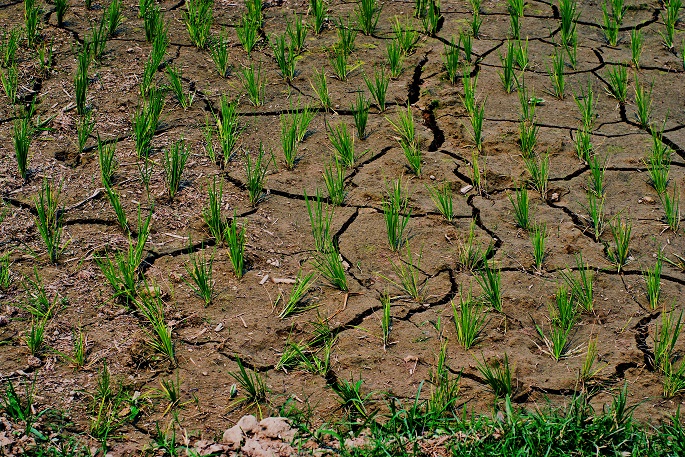Wet spring delays sowing, impacts on crops cultivation
Published : 22 Jun 2021, 04:12
Wet spring delayed sowing this year and the changes to the cultivation plans had an impact on crop areas, according to the Natural Resources Institute Finland (Luke).
According to the annual preliminary data for 2021, Finnish farms have approximately 2.3 million hectares of utilised agricultural area. Of this, slightly more than 2 million hectares is cultivated field area.
Cereal crops are cultivated in an area of slightly less than 1.1 million hectares, forage grass in approximately 800,000 hectares, and slightly more than 200,000 hectares are used for fallow. Oil plants are cultivated in 38,000 hectares, and protein crops in 35,000 hectares.
“Weather conditions were very challenging for sowing in the spring of 2021, causing changes in cultivation plans on many farms. Because of heavy rains and exceedingly wet conditions, sowing was only possible very late in some areas. Plant species that require a long growing season were replaced with plants sown later or pre-crops for plants sown in the autumn. This can also be seen in the crop areas of the Utilised Agricultural Area 2021 preliminary statistics”, said Irene Rosokivi, senior statistician at Luke.
There were challenges with the sowing of spring wheat this year. On the parcels with most flooding, there were also problems with sprouting, which in some cases led to the re-sowing of spring wheat or changing the crop at the last minute. This could be seen in the sown area for spring wheat, 163,000 hectares, which was down by more than 20,000 hectares (–12%).
The area used for cultivating winter wheat grew to a historical record level, reaching nearly 55,000 hectares (+126%). The last time the area of winter wheat was this large was in the early 1970s. The area sown with winter rye decreased by approximately 4 percent. The motivation for cultivating rye varies a lot from year to year according to the weather conditions around the sowing time, the stock situation of rye and the price paid for rye.
The area sown with feed barley, 380,000 hectares, remained at the previous year’s level.
In the cultivation of oil plants, turnip rape gained ground from oilseed rape due to the poor sowing conditions. The area used for turnip rape, 30,000 hectares, grew by more than 11,000 hectares (+58%). At the same time, the area of oilseed rape, 8,300 hectares, decreased steeply (–23%). Many farms replaced spring oilseed rape, which requires a longer growing season, with turnip rape, which allows later sowing.
Broad bean has poor tolerance for wet conditions, and sowing it had to be abandoned in many areas this spring. Consequently, the area sown with broad bean, slightly less than 13,000 hectares, has decreased substantially from last year (–30%). At the same time, the area sown with pea was still 23,000 hectares, which is the second largest figure in the statistics for cultivation areas, which span more than 100 years.
The area used for forage grass cultivation, 800,000 hectares, increased strongly by more than 16,000 hectares. The area left fallow, 213,000 hectares, also increased significantly according to the preliminary statistics, by 6,000 hectares in total. It is to be expected that the areas of temporary grass, fallow and pre-crops suitable for plants sown in the autumn will still grow, at least on farms where parcels overtaken by water can only be accessed very late.


